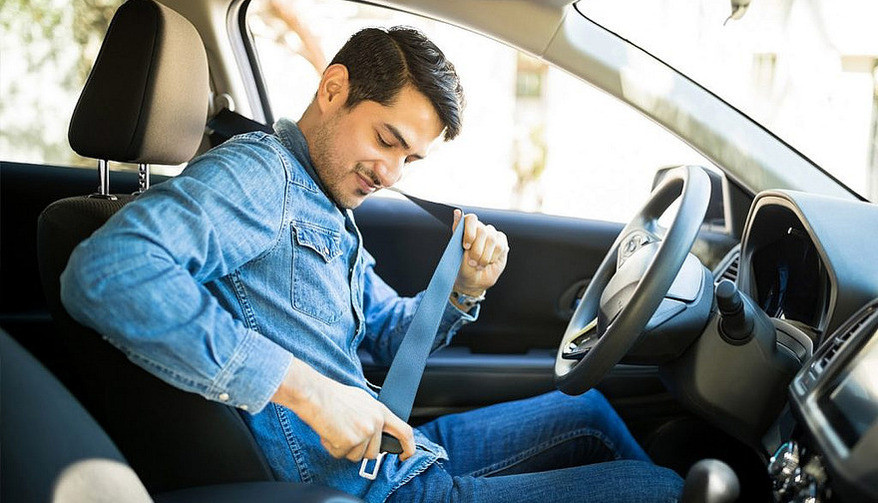
Car Driving Precautions: Essential Safety Tips Every Driver Should Know
Driving a car is a daily necessity for many, but it’s also a serious responsibility. Every year, thousands of accidents happen due to negligence, distractions, or avoidable mistakes behind the wheel. Whether you're a new driver or a seasoned one, understanding and following essential car driving precautions can protect not just you, but everyone on the road.
Here’s a complete guide to the most important driving safety precautions every driver should practice.
✅ 1. Always Wear Your Seatbelt
This might sound basic, but seatbelts save lives. Always wear your seatbelt, no matter how short the drive is. Make sure all passengers are buckled up too—especially children in proper car seats or boosters.
📵 2. Avoid Using Your Phone While Driving
Texting or using a phone while driving is one of the leading causes of accidents worldwide. Use hands-free devices or pull over if you need to make a call or send a message. Remember: It can wait.
🌧️ 3. Drive According to Weather Conditions
Rain, fog, snow, or even high winds can drastically affect visibility and road grip. In bad weather:
-
Reduce your speed
-
Increase following distance
-
Use headlights (not high beams in fog)
-
Avoid sudden braking
Stay updated on weather alerts before heading out.
🚦 4. Obey Traffic Signs and Speed Limits
Speed limits are set for a reason — to ensure your safety and the safety of others. Ignoring them can lead to:
-
Accidents
-
Fines or penalties
-
Increased fuel consumption
Also, respect stop signs, traffic signals, and lane rules at all times.
🔍 5. Keep Your Vehicle Maintained
A well-maintained vehicle is a safe vehicle. Regularly check:
-
Tire pressure and tread
-
Brake fluid and engine oil
-
Headlights, taillights, and indicators
-
Windshield wipers and washer fluid
A breakdown in the middle of the road can be dangerous. Prevent it with timely maintenance.
🍷 6. Never Drive Under the Influence
Driving under the influence of alcohol or drugs—whether prescription or illegal—impairs your judgment and reaction time. Always arrange for a designated driver, taxi, or rideshare if you're not in a condition to drive.
👀 7. Stay Alert and Avoid Drowsy Driving
Fatigue is just as dangerous as drunk driving. If you feel sleepy or exhausted, don’t drive. Take a break, grab some rest, or switch drivers. Microsleep (brief moments of unconsciousness) can be deadly on highways.
🚸 8. Watch for Pedestrians and Cyclists
Always yield at crosswalks and watch for pedestrians when turning or reversing. Be especially careful in school zones, residential areas, and urban environments. Cyclists also share the road—give them enough space when overtaking.
🛑 9. Maintain a Safe Following Distance
Tailgating is risky. Keep a 3-second rule behind the car in front of you to ensure enough stopping distance. Increase this during bad weather or at higher speeds.
🚙 10. Use Mirrors and Blind Spot Checks
Always use your mirrors and turn your head to check blind spots when changing lanes or merging. Many accidents occur simply because drivers assume the lane is clear without checking.

0 Comments
Post Comment